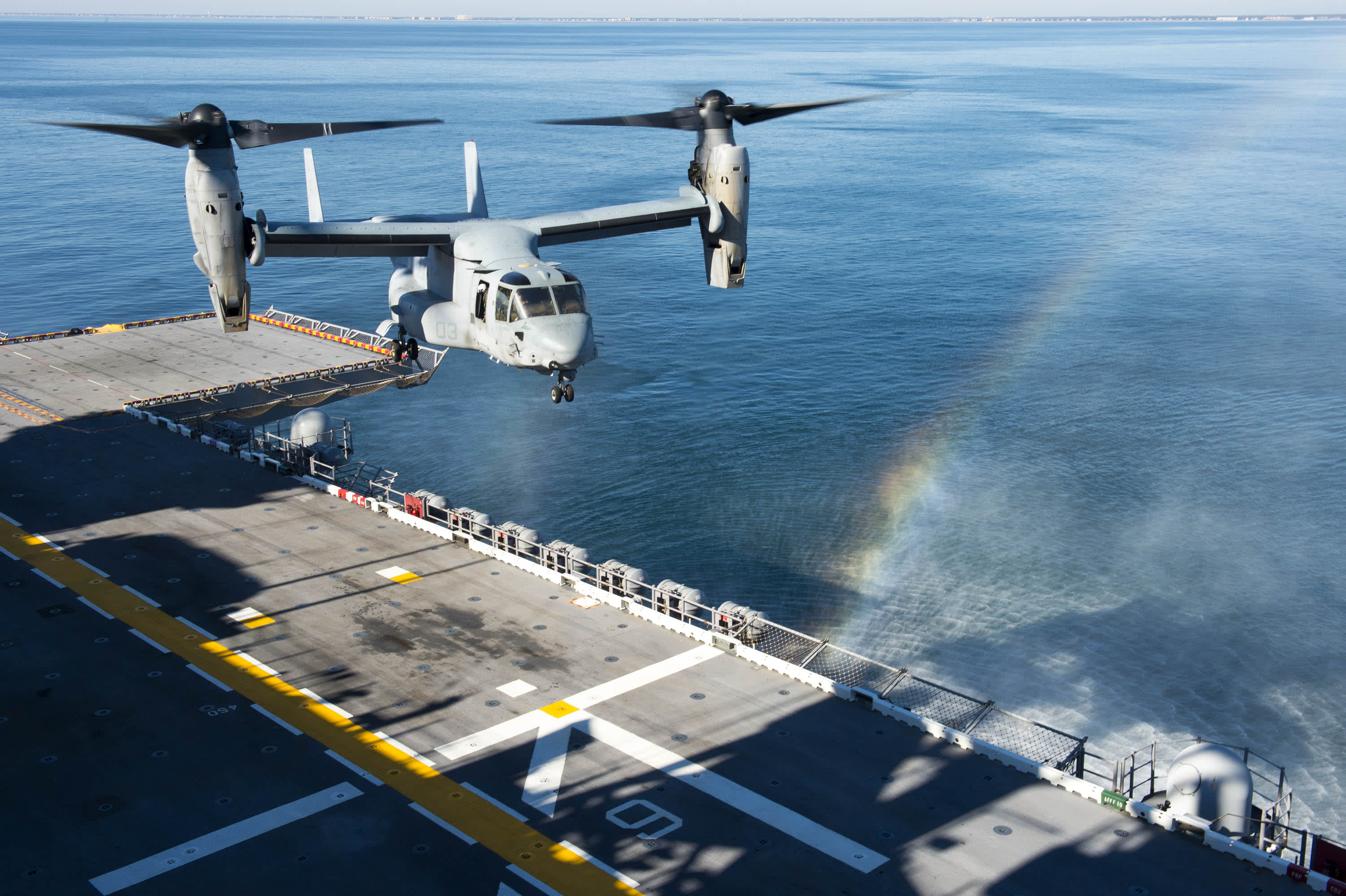Navigating Troubled Waters: The Marine Corps' Amphibious Readiness Challenge
 The Tech Times
The Tech Times
In the realm of military operations, the Marine Corps' amphibious readiness is a cornerstone for executing missions with flexibility and power. However, recent reports indicate a significant dip in this crucial metric. With readiness rates currently languishing at a mere 41%, this shortfall starkly contrasts with the targeted 80% threshold deemed necessary for mission success. This troubling statistic raises questions about the operational capabilities of one of the United States' most dynamic military forces.
The Current State: A Critical Shortfall
The Marine Corps' amphibious units are essential for various global missions, from humanitarian assistance and disaster relief to full-scale military operations. Amphibious vessels, such as the iconic Amphibious Assault Ships (LHA/LHD) and Dock Landing Ships (LSD), form the backbone of these operations. Yet, an alarming readiness rate of just 41% signals a significant operational and logistical concern.
This readiness gap could potentially impact the effectiveness of the Marine Corps in responding to crises, particularly in regions like the Caribbean, where rapid deployment and flexibility are often required. The current deployment to the Caribbean, a region with its own set of challenges and strategic importance, underscores the necessity of maintaining high readiness levels.
Historical Context: Lessons from the Past
The Marine Corps has a long history of adapting to new challenges and operational requirements. During World War II, amphibious operations were pivotal in the Pacific Theater, with the Marines spearheading many critical assaults. The success of operations like the Battle of Iwo Jima demonstrated the strategic importance of well-maintained and operationally ready amphibious forces.
In the post-World War II era, the Marine Corps continued to refine its amphibious capabilities, playing crucial roles in conflicts such as the Korean War and the Vietnam War. The ability to project power from the sea allowed the United States to maintain a strategic advantage in these conflicts.
However, maintaining this advantage requires continuous investment and innovation. The current shortfall in readiness may reflect broader issues within the military's logistical and maintenance framework, exacerbated by budget constraints and aging equipment.
Strategic Implications: A Call for Action
The current readiness dip not only impacts immediate operational capabilities but also poses broader strategic implications. In an era where geopolitical tensions are heightened, particularly in regions like the South China Sea and the Persian Gulf, the ability to deploy amphibious forces swiftly and effectively is paramount.
To address this challenge, it is crucial for policymakers and military leaders to prioritize investment in maintenance, modernization, and training programs. Enhancing logistical support and adopting new technologies can help bridge the readiness gap, ensuring the Marine Corps continues to fulfill its vital role.
Moreover, exploring partnerships with allied nations for joint exercises and shared resources can strengthen collective amphibious capabilities. Such collaborations can provide mutual benefits and enhance global security.
Conclusion: Steering Towards a Solution
The dip in the Marine Corps' amphibious readiness is a clarion call for immediate action and strategic foresight. As history has shown, the ability to adapt and overcome challenges is ingrained in the Corps' legacy. By addressing the current readiness shortfall through investment, innovation, and international collaboration, the Marine Corps can ensure it remains a formidable force, ready to respond to any challenge the future may hold.
In navigating these troubled waters, the stakes are high, but so too is the resolve and capability of the United States Marine Corps. The path forward demands decisive action to maintain the operational excellence that has defined the Corps for generations.
Source: Navy amphib readiness dips as sailors, Marines deploy for Caribbean
Subscribe to my newsletter
Read articles from The Tech Times directly inside your inbox. Subscribe to the newsletter, and don't miss out.
Written by
